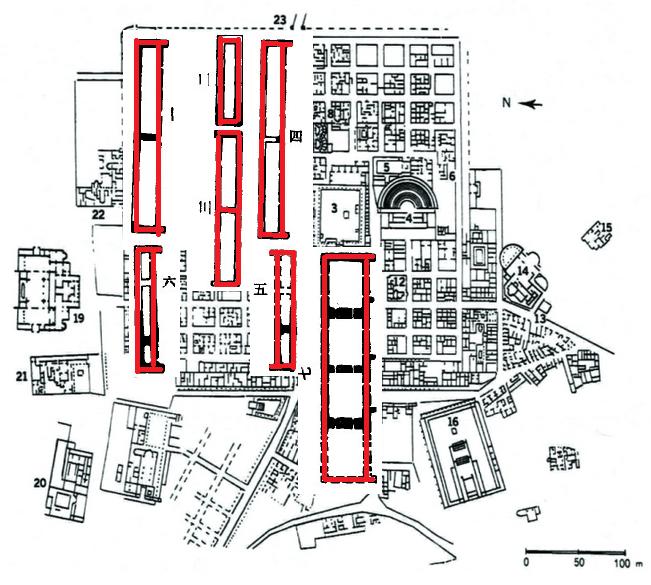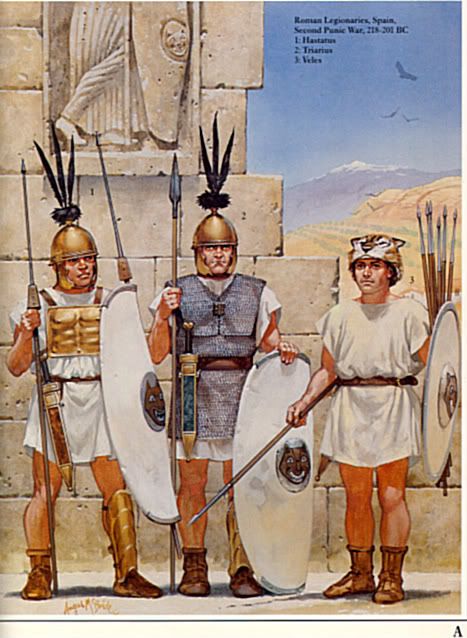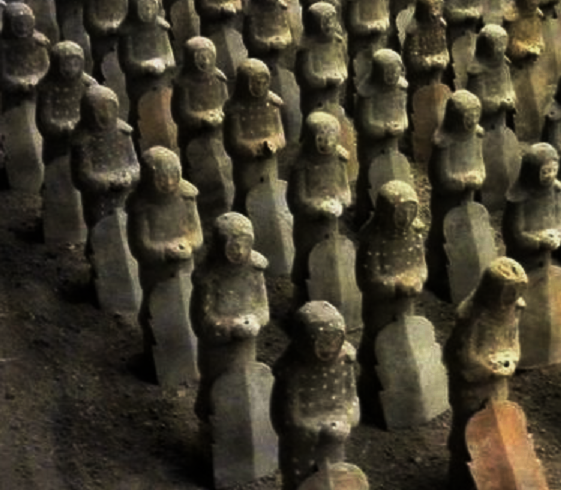Unfortunately when it comes to the Yuan and Ming dynasties I can't seem to find very many sources compared to other topics (in English at least, especially for the Yuan Dynasty). If I happen to find more than one chances are they are mostly the same in their content. Though I will always search for more. I have also yet to find any book that goes into the Red Turban Revolt with much detail. As far as battles involving the Red Turbans are concerned the the revolts were so wide spread and had so many various groups and leaders that deconstructing what happened in each area would be a challenge without using Chinese sources (basically there was not just one Red Turban group, it was on a regional basis so different leaders).
The leaders of the Red Turbans filled the power vacuum that the Mongols left behind along and south of the Yangtze and made their own warlord states and in many cases were killed and replaced by a subordinate. By about 1358 the Red Turbans were more or less gone and former Red Turbans like Chen Youliang established a state called Great Han in the west Yangtze centered around Jiangzhou (though he was a general of Xu Shouhui prior to declaring himself a ruler in his own right), Zhu Yuanzhang, also a Red Turban who came from peasantry but rose through their ranks, made a state called Wu in the centre around Nanjing and in the east Yangtze Zhang Shicheng made a state called Great Zhou around Suzhou.
Of course there were many other warlords below the Yangtze in various provinces and in areas like Tibet and Yunnan there were Mongol warlords which pledged allegiance to the Yuan dynasty (such as Bolud Temur).
Zhu Yuanzhang, younger days
So aside from these other minor warlords the main three along the Yangtze were just going back and forth in a sort of long attrition war from 1358 until 1363 (being along the Yangtze river fleets played a major role in all operations, even sieges). Chen Youliang was also extending his power into Sichuan and Shaanxi while he fought the Ming/Wu in the east, however in 1359 Chen Youliang killed his lord Xu Shouhui and overthrew the Tianmen state establishing the Great Han. Ming Yuzhen who led Xu Shouhui's forces in Shaanxi, Yunnan and Sichuan rebelled and declared his own state there called the Xia. Zhu Yuanzhang meanwhile was fighting the Ming/Wu both against Chen Youliang to his west and Zhang Shicheng to his east. The Yuan dynasty was also experiencing problems as certain Mongol generals had challenged the dynasty therefore the Yuan could not intervene in the south (such as Bolod in Shanxi). In 1360 Chen Youliang tried to invade Ming/Wu and was defeated at Lung-wan (Wade Giles Romanization) and retreated. The major battle occurred in 1363 when Chen Youliang returned and with his massive ships sailed into Lake Poyang and besieged Nanchang, the city held out and eventually the Ming/Wu defeated and killed Youliang in a counter attack.
Ming Cavalry, the likes of which would have been the main part of armies campaigning in the north and on the steppe
From then on the Ming/Wu went on the offensive and defeated the Chen's Great Han state in 1365 then defeated Zhang Shicheng's Great Zhou by 1367, both campaigns involved long sieges, notably the siege of Suzhou which caused the collapse of the Great Zhou and the death of Zhang Shicheng. After securing the Yangtze Zhu Yuanzhang sent armies southwards and a massive army to conquer the Yuan capital Dadu (or Beiping as Zhu Yuanzhang named it) in 1368 thus starting the Ming Dynasty and becoming Emperor Hongwu. Immediately after that the Ming armies went west to conquer Shanxi, Shaanxi and Gansu while the armies in the south went on to pacify the provinces below the Yangtze and invade Sichuan and Yunnan. For instance the Ming invaded Sichuan and fought a battle at Ch'u-t'ang Gorge (Wade Giles again) in 1371 in which general Liao Yung Chung defeated a Shu defensive position in a combined land and naval operation.
Around the same time Xu Da was sent to invade Mongolia proper although Mongolia could not be garrisoned or annexed by the Ming. In the early 1380's Hongwu sent campaigns to conquer Yunnan (under Fu Youde, Lan Yu and Mu Ying) and fight the pro-Yuan warlords led by Basalawarmi and to pacify the independent minded tribes in the area. Other than that Hongwu spent the rest of his reign until his death in 1398 trying to consolidate his rule over China and sending armies on counter insurgency campaigns against Mongol and Jurchen rebels and raiders along the northern frontiers and rebellious tribes along the south.
Xu Da, most important of Hongwu's generals and one of the two chancellors of state
As for the Ming armies, the sources state that they typically had a field army of 200,000. For example during the invasion of Yuan held Yunnan province (1381/1382) the Ming allegedly sent 300,000 troops. During the invasion of Manchuria (1387) the Ming led by Feng Sheng, Fu Youde, Lan Yu and prince Zhu Di reinforced their local garrisons by 50,000 men and deployed 150,000 troops for the invasion. In 1388 Lan Yu was sent to invade Mongolia and he brought 150,000 men. I tried to find how many troops Xu Da took with him into Mongolia in 1372 and I could only find one source saying 400,000 and another one saying "a quarter of a million", aside from that apparently Xu Da had a private army of "half a million" at the time of his death in 1385. At least this is according to Ming sources and I'm not sure these numbers add to fighting men, some of them could be camp workers for all I know. The same thing occurred during the civil war between the Yongle Emperor and his nephew the Jianwen Emperor where Yongle fielded over 130,000 troops and in 1400 the Jianwen loyalist general Li Jinglong apparently managed to mobilize 600,000. However the reign of the Yongle Emperor might be a topic for another time.
Zhu Di the Yongle Emperor, son of Hongwu and took part in Xu Da and Lan Yu's campaigns on the steppe, he would later usurp his nephew and command personally 6 campaigns on the steppe as emperor
The Ming armies in the reign of the Hongwu Emperor benefited from large amounts of cavalry, veteran soldiers, expert commanders and a capable administration centralized around the person of the Emperor.
Zhu Yuanzhang and his generals had decades of experience from the time of the Red Turbans to the defeat of his rivals on the Yangtze and the expansion from there in every direction, in places as distant as Manchuria, Tibet, Mongolia and the Shan border states to the south west. The wars also uprooted many civilians which the Ming state provided with land in exchange for grain taxation and military service in what were called agro-military colonies. The Ming certainly had a high grain output and plenty of manpower to wage their campaigns. However any attempts to conquer Outer Mongolia and defeat the Yuan Dynasty once and for all proved fruitless as the steppe was too vast and the nomadic Mongolians could not be controlled which resulted in possible ambushes or massive logistical strain and the costs of such attempts were a waste of the treasury. After the relatively unsuccessful campaign of Xu Da in Mongolia, Hongwu prohibited further large scale invasions of the steppe. Hence forth all campaigns into the steppe were for punitive and security purposes so there was in fact a counter insurgency aspect to it. Politically speaking Hongwu also considered Mongolia as being part of the Great Ming though he had no way to control it or tax it and the Yuan Emperor or Khagan refused to become his vassal. Historically this was the end of Ming attempts to subjugate Mongolia though there would be many other expeditions to stop Mongol raiders and protect the borders of the empire.
Moreover the Hongwu Emperor purged his administration and military of officials and generals which he deemed to be a threat to his dynasty. Generals such as Lan Yu, Fu Youde and Feng Sheng were killed in this purge thus setting the stage for the Emperor's son Zhu Di to rebel against his nephew, the Jianwen Emperor, years later.
Zhu Yuanzhang, the Hongwu Emperor in his later days
















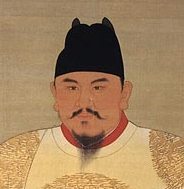
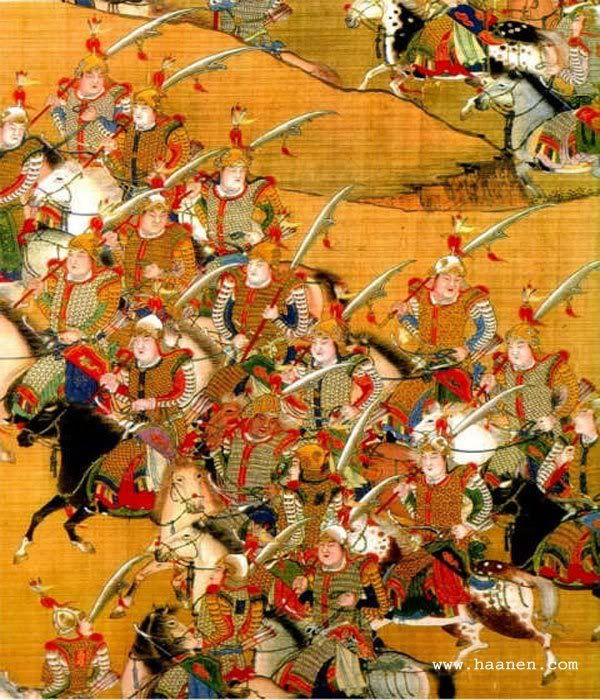

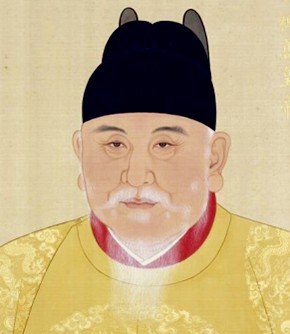

 Reply With Quote
Reply With Quote







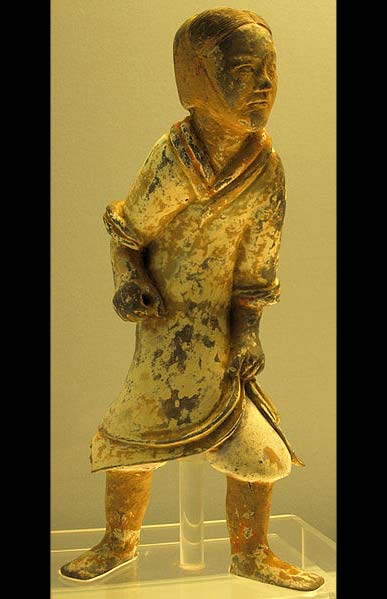

 "life finds a way," and so does wealth when it desires to couple itself with political power.
"life finds a way," and so does wealth when it desires to couple itself with political power. 
